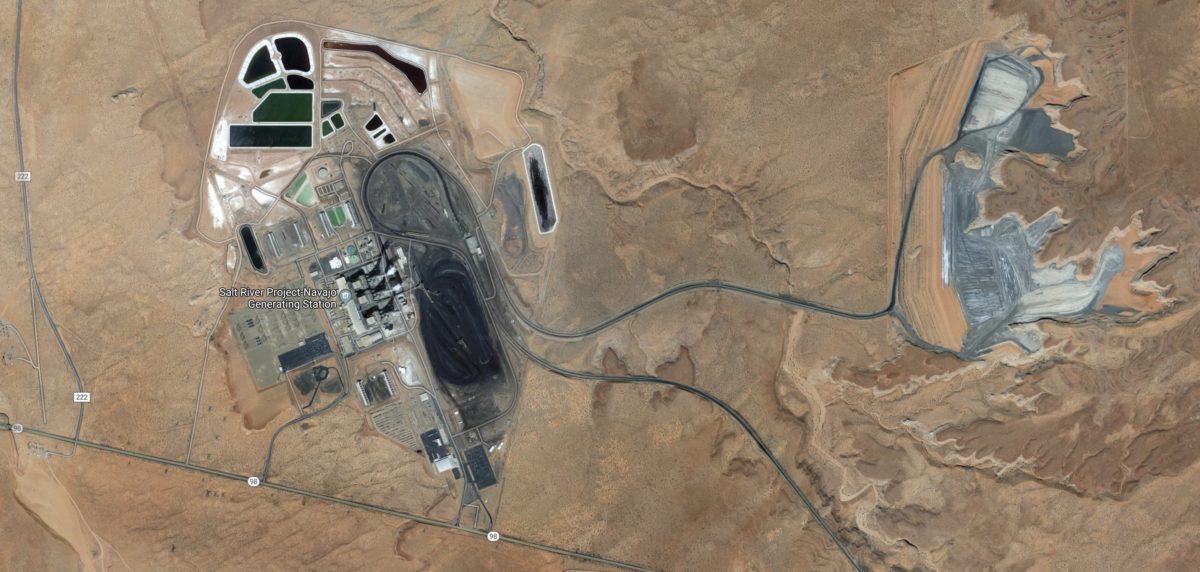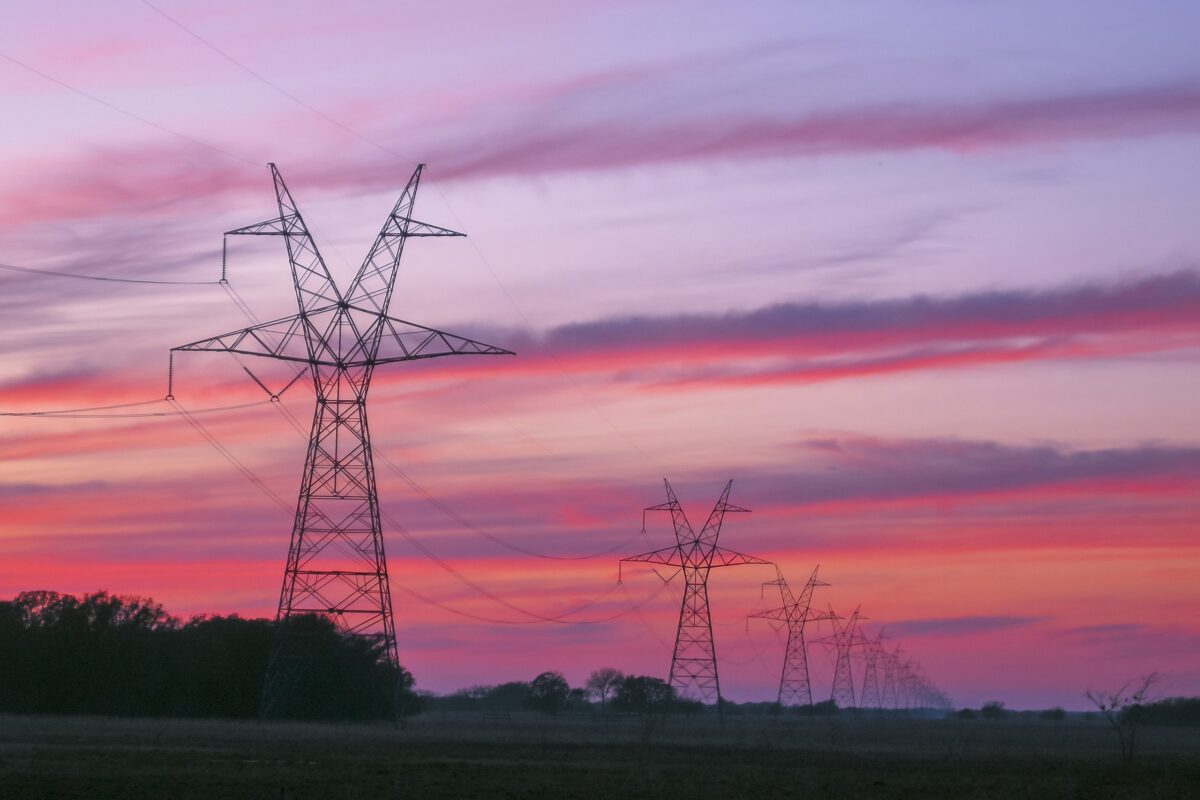The same day that a Navajo Nation legislative committee rejected a bill favoring acquisition of the coal-fired Navajo Generating Station, legislator Elmer Begay introduced a new bill to “move the Navajo Nation beyond coal source revenues and forward to sustainable, renewable energy sources.”
The bill would establish a transition task force to provide recommendations, by June 7, regarding replacement revenues for the lost revenues associated with coal, as well as assistance to displaced workers. It also calls for rewriting the Navajo Nation energy policy to move to renewables.
As the Navajo Nation was apparently the last potential savior for the Navajo Generating Station, the unit will be shut down by December 22; the Kayenta coal mine serving the unit will also close.
Considering a solar-plus-storage option, the transmission lines that have handled 2.25 GW of coal power could support substantially more solar capacity paired with storage—for example, by using a 3:1 DC to AC ratio, as discussed by pv magazine and 8minutenergy President & CEO Tom Buttgenbach in a recent interview.
For the 500 MW of transmission controlled by the Navajo Nation, said Nicole Horseherder, executive director of Tó Nizhóní Ání, “the most reasonable thing to do is to put solar energy on the transmission line and own it and operate it.” She said her group helped draft the bill to move the Navajo Nation to renewables.
“The Navajo Nation on a broad level supports renewables,” said Ms. Horseherder, and understands “that transition is imminent and has to happen. Most people understand that the market for coal is going away.”
She added that the Navajo Nation has had conversations with many different solar companies. She said solar companies’ main concerns are “Where do we develop and where can we get our energy onto the transmission line?”
A new report on employment opportunities projects thousands of potential jobs in utility-scale solar construction, and recommends forming a $20 million Navajo-Hopi impact investment fund to provide capital to Native-American owned contractors bidding on coal plant and coal mine decommissioning and reclamation, and on solar plant construction, tourism, and manufacturing opportunities. The report’s lead author is Navajo tribal member Tony Skrelunas, MBA; the Institute for Energy Economics and Financial Analysis published the report.
As for the Navajo Nation’s past support for coal, Ms. Horseherder said “There are a few key positions that support coal. Think of the U.S. Congress and how some people in key positions that have been there longer than others have been pushing initiatives, and make it seem like the whole nation supports that. That’s a similar situation with the Navajo Nation.” She said that coal has represented more than 50% of Navajo Nation revenues.
This content is protected by copyright and may not be reused. If you want to cooperate with us and would like to reuse some of our content, please contact: editors@pv-magazine.com.








This could be in the same price range as the Idaho solar project using an existing power station. Glad to see the Navajo Nation is moving beyond coal and, hopefully, not considering NG.
They should turn the mine into a battery.
http://www.digitaljournal.com/tech-and-science/technology/new-use-for-old-mine-shafts-power-generators-using-gravity/article/514459
Kayenta is a strip mine.
It would be awesome if Tesla’s power packs are considered.
There is a lot of sun out there, and wind. Solar panels are costly but can charge batteries that can store energy for quite a while. Windmills pull water, and can generate power. Sun can heat water in black tanks throughout much of the year.
Is Peabody Coal going to help with any water filtration before they leave their gaping hole?
Is the forced relocation going to be undone? Will the JUA still be the JUA? Will people still be labeled “resisters” for living in their childhood homes? Will the pre 1997 borders be restored?
HLG: “The global average module price had fallen below 25 cents per watt at the end of 2018”:
https://pv-magazine-usa.com/2019/04/03/pv-additions-fall-well-below-potential-globally/.
From just the picture of the plant, the amount of land available is enormous. Giga watts peak solar PV could be installed on this land. There has also been a water shortage in all of Arizona. Getting rid of the old coal fired plant will free up millions of gallons of water for agricultural use. There is also energy storage which could be used for ancillary grid functions other than shifting energy generation to energy demand. The very large redox flow battery could be an excellent addition to such a large generation facility. The redox flow battery takes up acres of land and yet can be discharged to 0% repeatedly and is expected to last at least 20 years in operation. The current lithium ion battery technology cannot be discharged below 80% DOD and remain reliable for up to 10 years. The redox flow battery storage capacity can be increased by finding a more energy dense ion grouping or by increasing the storage capacity of the ion tanks. Grouping the redox flow battery into blocks of power storage and generation could allow the battery system to be upgraded, maintained or replaced in blocks using typical CIP programs used in the industry. The redox storage system has the ability to offset some of its costs by being able to use the ions in other manufacturing processes. Example, Vanadium redox batteries ions of Vanadium can be used in metal manufacturing. In the end the redox battery still has value above the typical lithium ion battery storage system.